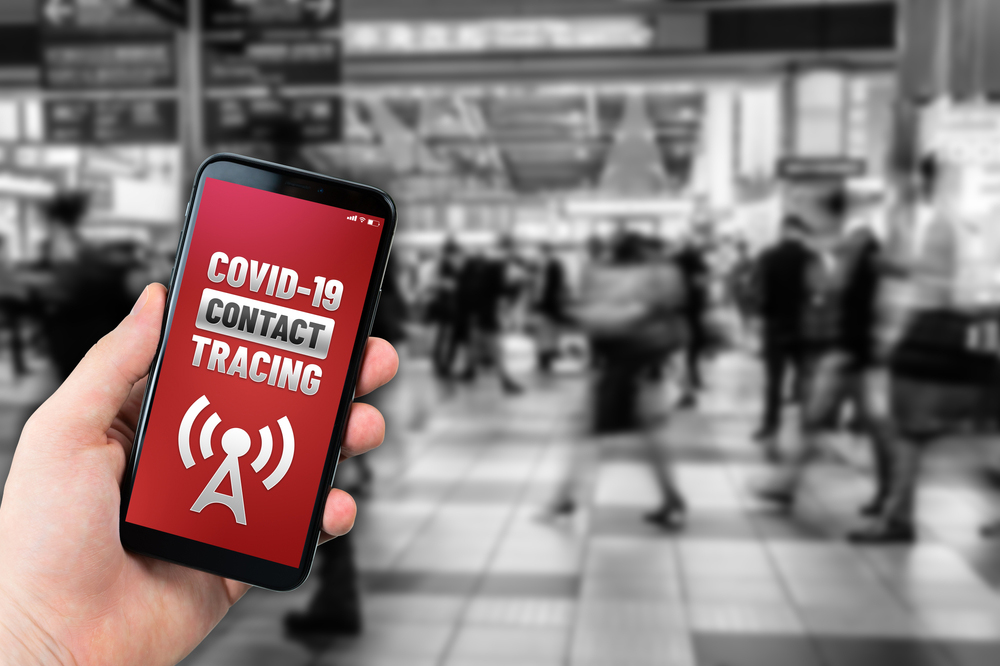As organizations around the world begin to reopen, there are many things you need to do to ensure employees stay safe and healthy. One of these is to implement contact tracing.

According to the Centers for Disease Control and Prevention (CDC), “Contact tracing has been used for decades by state and local health departments to slow or stop the spread of infectious diseases.”
When one of your staff comes in contact with COVID-19, it’s important to use contact tracing to understand where the person has been and who he or she has been in contact with to help slow the spread of the virus. Below are three ways to get started.
1. Include Contact Tracing in Your Return-to-Work Policy
The pandemic isn’t going anywhere, so it’s important to set your company up for long-term success.
Many organizations are drafting airtight policies that cover everything staff need to know about returning to work, such as where to access employee training, how to find on-site personal protective equipment (PPE), and how the company will conduct the contact tracing.
Contact tracing should be included as a section in your policy because some people aren’t familiar with it. Clearly laying out the contact tracing procedure will effectively communicate how your company will go about it and what your staff can expect.
For example, the contact tracing section can include an overview of what to do if someone comes in contact with the virus, how to let people know they’ve been exposed, best ways to get tested, and suggested guidelines for self-isolation and self-quarantine.
Having this in writing will set expectations for staff and help them understand what the process entails if they come into contact with the virus.
2. Use Technology
In the past, contact tracing was cumbersome work, as people relied on pen and paper. Today, it’s much easier with the help of technology. HR teams now have contact tracing tools that are affordable and easy to use, such as videoconferencing and online forms.
Videoconferencing tools come in handy for interviewing employees from afar if they’ve been exposed. With videoconferencing, HR can still be personable and have a face-to-face conversation while maintaining a safe distance. This approach is convenient because both parties can easily chat from home.
Additionally, HR teams can use online forms for contact tracing. Online forms mitigate the tediousness of collecting information.
They allow HR to collect the employee’s name, address, symptom timeline, personal contact information, information about anyone he or she came into contact with, e-signature, and much more. Better yet, all of the data can be gathered remotely and easily reviewed and assessed at a distance.
Technology speeds up the contact tracing process and helps HR teams be more efficient.
3. Check in with Exposed Staff
Last, after interviewing staff and asking them to get tested and self-isolate, it’s good to check in with them to ensure they are taking the proper precautions and have everything they need.
Be sure to get the full scope of each person’s situation. Some staff may live alone and won’t be able to leave home to get essential items. If this is the case, give them contact information for grocery and food delivery services.
For staff who live with a partner or family members, provide information on precautions their loved ones can take at home, essential services, telemedicine options, and best practices to effectively quarantine.
Self-isolation adds an extra layer of anxiety to the situation, so ensure your HR team sends an e-mail or a chat message or has a short video check-in every 2 to 3 days to see how employees are doing.
Contact tracing is an effective way to slow the spread of COVID-19 and will help your staff stay safe when returning to work.

Annabel Maw is the director of communications at JotForm, a full-featured online forms platform for easy data collection and management.
